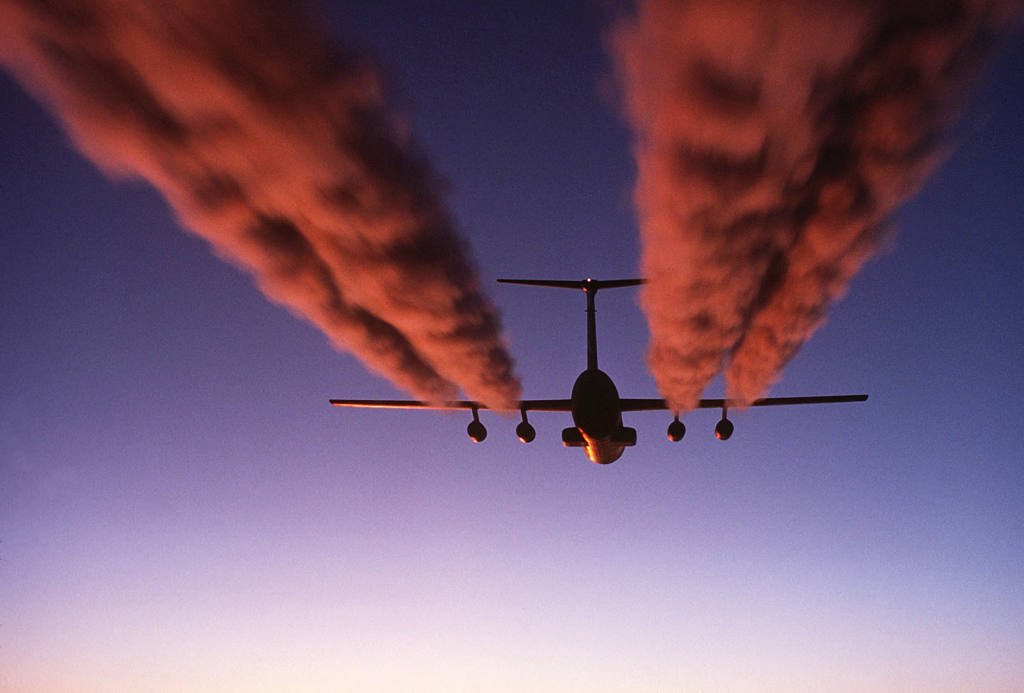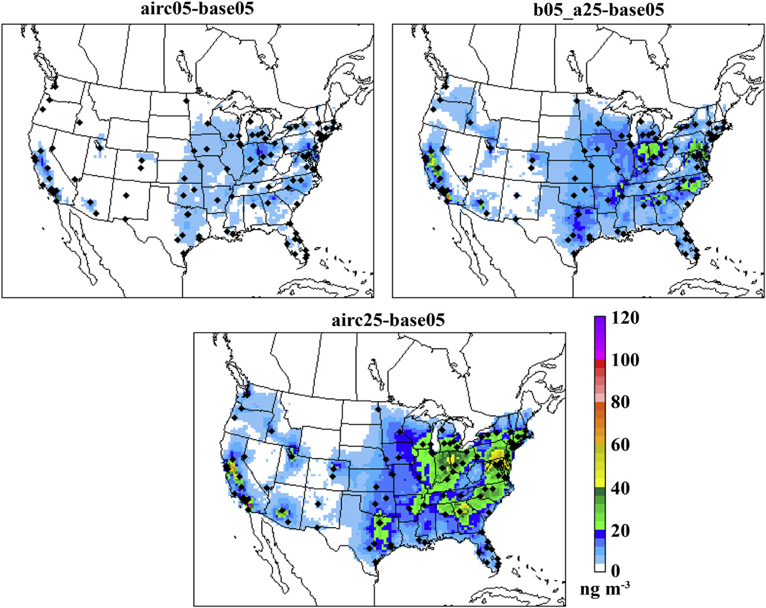Post by Sarav Arunachalam
 Sarav Arunachalam is a research associate professor at the UNC Institute for the Environment
Sarav Arunachalam is a research associate professor at the UNC Institute for the Environment
In July 2016, the U.S. Environmental Protection Agency (EPA) finalized its initial steps to address greenhouse gas emissions from aircraft engines. The announcement by the EPA signaled its determination that aircraft emissions contribute to climate change endangering public health and the environment.
The EPA announcement follows on the heels of a partnership agreement reached earlier this year between the United States and more than 20 countries on global carbon standards for commercial aircraft. The first of its kind agreement, reached by the International Civil Aviation Organization, will apply to new aircraft design as well as aircraft types already in production.
Over the next several decades, the standards are intended to reduce carbon emissions by more than 650 million tons—equivalent to removing over 140 million cars from the road for a year.
Here at the UNC Institute for the Environment we are working with the Federal Aviation Administration’s (FAA) Office of Environment and Energy and several other Federal partners to take a broad look at the impacts of aviation emissions and their impact on air quality and climate change.
Recent figures reveal that the airline industry is poised for robust growth over the next couple of decades. For example, during the first six months of 2015, Charlotte-Douglas International Airport saw traffic of over 22 million passengers—outpacing the record-breaking figures established in 2014.
Charlotte is not alone as federal officials project continued growth of aviation operations at large, medium, and small airports in coming years. In 2014, the FAA reported 760 million enplanements and expects that number to increase to over one billion within the next twenty years.
As the number of aviation operations increases so does the potential emission of pollutants that result from these takeoffs and landings. Aviation emissions account for a small contribution of the nation’s overall air pollution portfolio—automobiles and power plants remain the largest contributors to air pollution—in part because the majority of an airplane’s emissions take place at higher altitudes and across a wide geographic region.
Although currently only a small contributor, the projected growth of the aviation industry has led to significant efforts to characterize the impact of aviation emissions on local air quality.
In recent years the FAA has committed significant resources and fostered a number of collaborations with universities, other federal agencies, and the airline industry to better understand the environmental and public health implications of airline emissions. The FAA has established a goal to achieve an absolute reduction of significant health impacts attributable to aviation emissions, even in the face of the sector’s expected growth noted above.
Our research team here at Carolina, with support from the FAA, is developing tools and analyses to better understand how these aviation emissions impacts can be assessed and mitigated. Using multi-scale dispersion models—models that demonstrate how exhaust spreads through the air—scientists can track exposures of pollutants at various distances from the emission source, and how they interact with other pollutants from non-aviation sources – to form fine particles that affect the air that we breathe.
Fine particulate matter due to aircraft emissions during landing and takeoff activity in current and future years. (Black diamonds show location of top 99 airports) Source: Woody et al, Atmospheric Environment, 2011
Given the unique nature of this emissions source with a local- to global-scale impact, I believe that collaborations and exchange of information with researchers outside the U.S. is beneficial. The FORUM on Aviation and Emissions (FORUM-AE) is a technical and scientific forum in Europe addressing all issues associated to the aviation environmental concerns linked to emissions: impacts, technical solutions and regulation.
I was recently invited by the coordinators of FORUM-AE to present recent findings from our research on understanding aviation emissions impacts on air quality and health at their Air Quality Impacts Workshop held at the Netherlands Aerospace Center (NLR) in Amsterdam, in April 2016. It was a valuable experience to hear about recent updates from European researchers in this area.
The new research underway in my group will provide new tools needed for managers and policy-makers to quantify and understand how aircraft emissions contribute to the overall exposure to air pollution, thereby crafting strategies and policies to mitigate and manage this pollution, especially as the ambient air quality standards that protect public health are continuously tightened. Key contributions in the recent past include white papers on Aviation Impacts and Air Quality on behalf of the Impacts and Sciences Group (ISG) of the ICAO CAEP, and modeling and analyses for a Congressional Report under Section 753 of the Energy Policy Act (EPAct) on the aviation emissions impacts on air quality in U.S. nonattainment areas.
You can learn more about the cutting-edge research and partnership projects related to aviation emissions at the new FAA’s Center of Excellence for Alternative Jet Fuels and Environment that was established in 2013.



